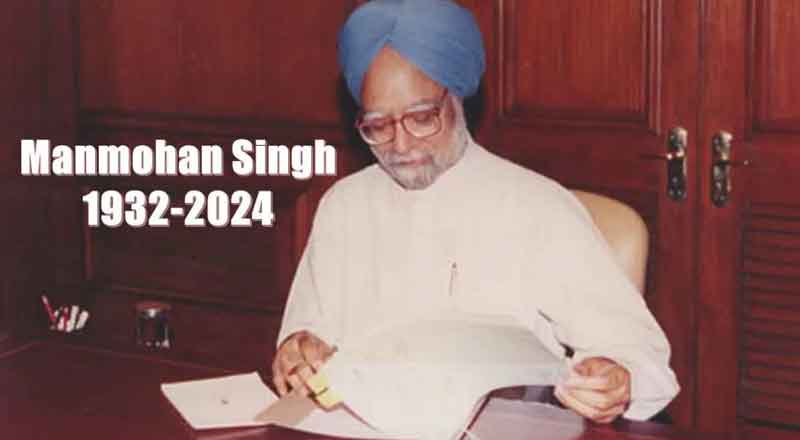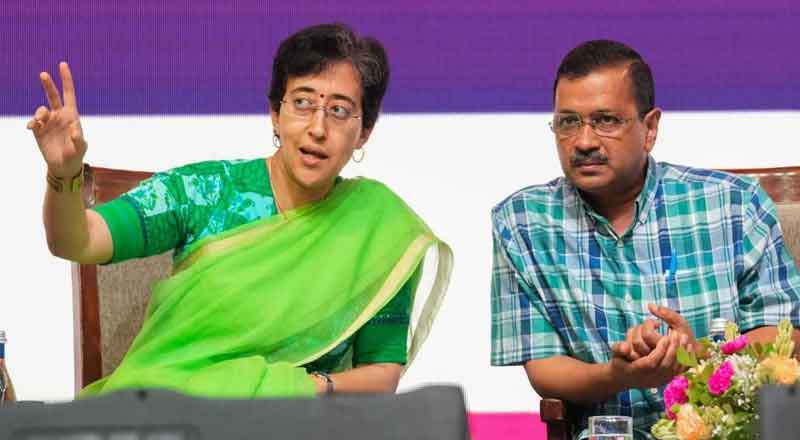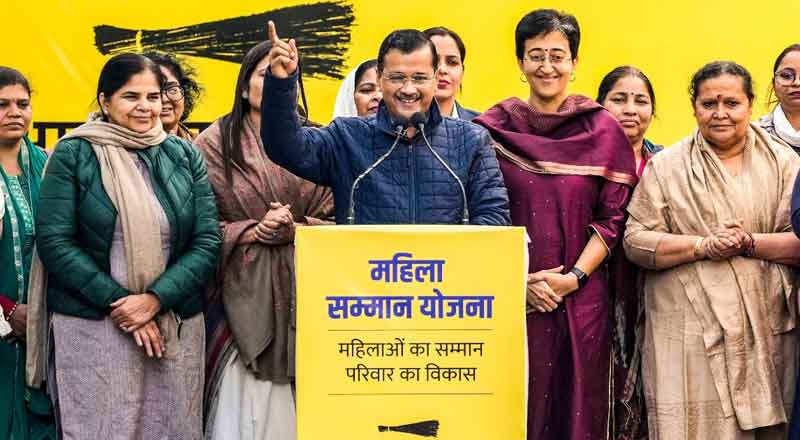The Nitish Kumar government will start its much-hyped caste-based census in Bihar on Saturday, January 7. The project will cost Rs 500 crore.
The government will conduct the exercise in two stages. In the first phase, which is likely to be over by January 21, the number of all households in the state will be counted.
In the second, starting from March, data pertaining to people of all castes, sub-castes and religions will be collected. Enumerators, whose training began on December 15, will also record information about the financial status of all people.
Data will be collected digitally through a mobile application as part of the eight-level survey, from the panchayat to the district level.
The app will have questions about place, caste, the number of people in a family, their profession, and annual income. Census workers include teachers, Anganwadi, MGNREGA or Jeevika workers.
The caste census is happening even as Union Minister of State for Home Affairs Nityanand Rai, a BJP MP from Bihar, said in Parliament in 2021 that no caste-based census except for the Scheduled Castes (SCs) and the Scheduled Tribes (STs) would be conducted. Since Independence, the Centre has so far conducted seven censuses and published data related to only SCs and STs.
The state government, which earlier extended the deadline to complete its caste census by three months, to May 2023, will use the data to formulate welfare policies. In the absence of data pertaining to non-SCs and non-STs, the Bihar government says, it’s been difficult to estimate the population of Other Backward Classes (OBCs) correctly.
In the 1931 census, the population of OBCs was estimated to be 52 per cent. The Congress-led UPA government at the Centre had conducted a socio-economic and caste census in 2011, but caste data was not released.
The Bihar Legislative Assembly passed two unanimous resolutions, in 2018 and 2019, in favour of a caste census. In June 2022, an all-party meeting in Bihar, chaired by Chief Minister Nitish Kumar, unanimously gave its go-ahead.
Those demanding a caste census say reservation to the SCs and STs was given based on their population but not in the case of the OBCs. They say the quota needs to be revised, and a caste census is needed for that.
POLITICAL IMPACT
If the caste census data comes out before the 2024 Lok Sabha election, Nitish and his Deputy CM, Tejashwi Yadav, both heading caste-based parties, could be its biggest beneficiaries. Conversely, the sensitive caste census data may ignite a fresh round of Mandal and Kamandal politics.
It was seen in the early 1990s when the Janata Dal government at the Centre had implemented the Mandal Commission report giving reservation to the OBCs to counter the BJP’s Kamandal politics led by its leader LK Advani undertaking a rath yatra for Ram temple’s construction in Ayodhya.
The implementation of the Mandal Commission report had sparked violence across the country. The Centre’s reasons for not endorsing a caste census include its apprehension of a similar scenario.





